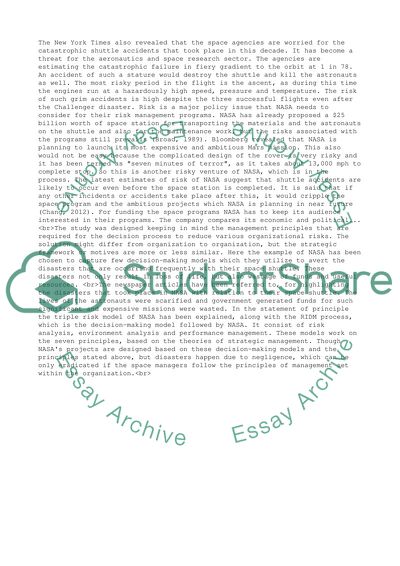Cite this document
(“Management Term Paper on Decision-making Principles”, n.d.)
Management Term Paper on Decision-making Principles. Retrieved from https://studentshare.org/management/1401663-management-term-paper-on-decision-making-principles
Management Term Paper on Decision-making Principles. Retrieved from https://studentshare.org/management/1401663-management-term-paper-on-decision-making-principles
(Management Term Paper on Decision-Making Principles)
Management Term Paper on Decision-Making Principles. https://studentshare.org/management/1401663-management-term-paper-on-decision-making-principles.
Management Term Paper on Decision-Making Principles. https://studentshare.org/management/1401663-management-term-paper-on-decision-making-principles.
“Management Term Paper on Decision-Making Principles”, n.d. https://studentshare.org/management/1401663-management-term-paper-on-decision-making-principles.


